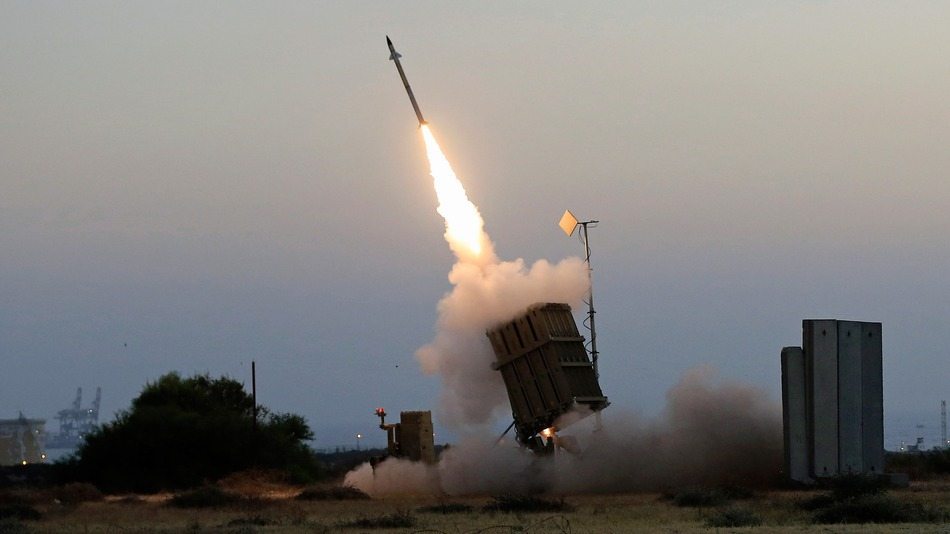A new study published by The Institute for Operations Research and the Management Sciences (INFORMS) examines the strengths and weaknesses of the Iron Dome system, which Israeli authorities have credited with saving lives during the recent conflict with Hamas.
Modeling Short Range Ballistic Missile Defense and Israel’s Iron Dome System is by Michael J. Armstrong of the Goodman School of Business, Brock University, in Ontario, Canada. It appears in the Articles in Advance section of the INFORMS journal Operations Research.
The study examines the previous Israel-Gaza conflict of November 2012, but Prof. Armstrong can apply the same method to the recent 2014 conflict to obtain several points of interest:
1.The Israeli military claimed to have intercepted 83% of urban-bound rockets in 2014, slightly lower than 2012’s 87%.
2.If Iron Dome worked as claimed, then it prevented about 1778 Israeli casualties in 2012, and 525 in 2014, more than the savings from airstrikes against rocket launchers. This made an invasion of Gaza six to eight times less valuable for Israel.
3.If instead its interception rate was as low as critics argue, then the system made little impact.
4.Imperfect rocket categorization by the Iron Dome systems could partly explain the differences between the supporters’ and critics’ estimates of the interception rates.
5.Gaza militants could have inflicted far more damage by concentrating their rockets into fewer larger salvos, but this may have been counter-productive given Israel’s air strikes.
6.Counterbattery fire by the militants against Iron Dome sites would not have been worthwhile given the rockets’ low accuracy.
7.System success depends on the number of simultaneous inbound missiles. As salvo sizes increase, losses first rise slowly, but then climb drastically. The better the batteries perform, the larger that jump will be.
8.The rocket fire was 34% less accurate this year than in the previous conflict. Only 21% of rockets hit towns or were intercepted along the way in 2014, versus 32% in 2012.
9.Iron Dome reduced human losses from rocket hits, but not economic losses from rocket threats. In 2012 Israel lost $240 million in GDP, or $159 thousand per rocket fired. Estimates for 2014 are around $1.3 billion, or $387 thousand per rocket fired.
10.After 2012, Israel spent $200 million to resupply its batteries, about $475 thousand per rocket intercepted, or $112 thousand per casualty avoided. This year it allocated $225 million of American aid for this resupply, so $389,000 for each rocket intercepted, or $429,000 per casualty avoided.
Professor Armstrong is available for interview. He can expand on some of his findings and share opinions on the ways that military and economic strategists can potentially leverage the study’s findings to answer questions such as:
What could have caused the rocket fire accuracy and interception success rate to be lower this year than in the prior conflict?
Why do the economic costs and losses differ between 2012 and 2014, and what do they suggest about missile defense?
What do defense planners and political leaders need to keep in mind when relying on this kind of interception system?










